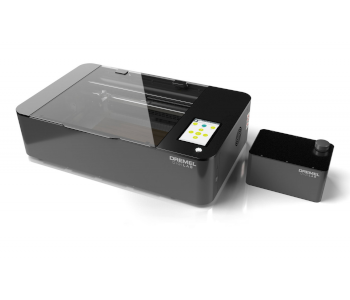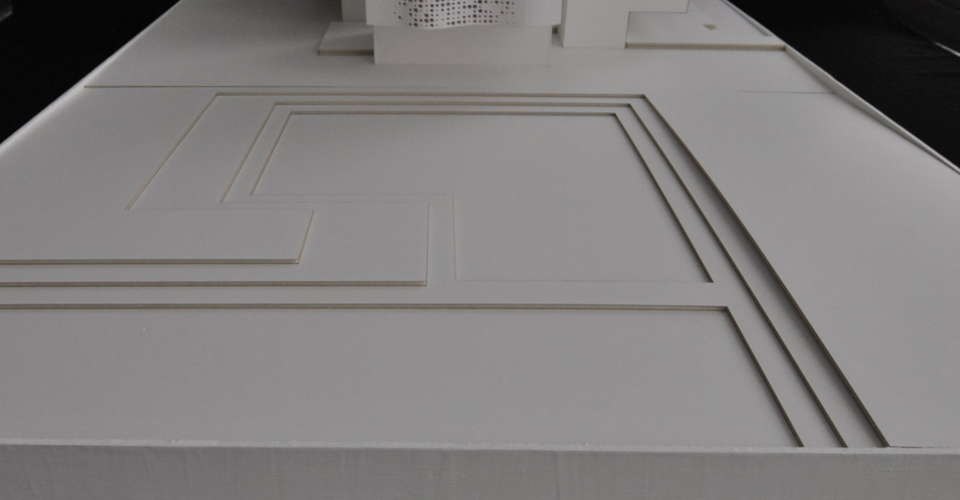Laser Cut Foam: Benefits, Applications, and How It’s Done
The material colloquially known as “foam” can be made using either polystyrene (PS), polyester (PES), polyurethane (PUR), or polyethylene (PE). In any case, the air pockets incorporated into foam make it an excellent material for the storage of fragile items which also provides thermal insulation.
With all the versatility of foam, laser cutting is considered a very good technology for customizing it for specific applications. How does laser cutting of foam work and what are its benefits and applications?
What is laser cut foam used for?
The primary use of laser cut foam is for customized storage solutions. Suitcase foam inserts are typically used for industrial equipment, photography gear, and jewelry. With laser cutting, a foam insert can be cut according to the exact shape of the items to be stored. This is a technique called “tool shadowing” and makes sure that they don’t move around and get damaged while being transported.
Foam cutting can also be used to create products with a more artistic flair. Whether it’s for a souvenir, house ornament, or photo frame, laser technology is customizable enough to reproduce intricate and creative designs.
Lasers don’t necessarily have to cut through the foam to be useful. By controlling the laser’s frequency and intensity, it can be used instead to engrave on the foam surface. This can be a useful tool for branding and traceability of foam products, as well as for creative work.
How is laser cutting of foam done?

For any application, laser cutting needs to start with a digital pattern. If you’re creating a custom foam insert for storage, you may start with a photo of the tools or gear you are designing the insert for. The photos can then be used as patterns to be traced around using the compatible design software for your laser cutter. Each shape can be expanded by a few millimeters so that the tools will be easier to remove.
Strings of letters and numbers, as well as creative designs, are prepared in a similar manner. Make sure that the dimensions of the design match the dimensions of the actual foam insert. Once the image has been prepared, simply send the job to the laser cutter to execute.
The optimal settings may vary according to the make and model of the laser cutter. In any case, parameters can be tweaked according to the goals of the projects. The usual parameters include the power of the laser, the speed with which the laser head moves, and the number of passes that the laser will make for each line.
For laser cutting jobs, you will be looking for a combination of high power and low speed settings, Depending on the thickness of the foam, you may also need to make two to three passes. In contrast, lase engraving jobs need low power and high speed and should be completed using just a single pass.
When the high-energy beam of laser comes into contact with the foam surface, it results in almost instantaneous vaporization of the material. This is a very controlled process that barely heats the surrounding material, which means that minimal deformation is expected. This also means that you’ll need to have very good ventilation whenever you do laser cutting because the process releases toxic fumes.
Benefits of laser cutting foam
1. Versatile
Laser cutting is an exceptionally versatile technology for foam processing. Not only can it reproduce highly intricate designs and patterns, but it can also be used with all types of foam materials. Whether you’re working with soft polyurethane or firmer foam like polystyrene, your laser cutter should be able to provide good results by just tweaking the settings.
2. Fast
Laser cutting is a low-maintenance technology since it has very few moving parts. It doesn’t need tool changes when shifting functions from cutting to engraving, and the foam part to be cut doesn’t need to be clamped down in preparation. This combination of features makes laser cutting a very fast alternative to more traditional cutting and engraving methods. The fast rate of turnover of laser-cut products also means that they can be easily integrated into any existing manufacturing process.
3. Non-contact
In laser cutting, no part of the equipment comes into contact with the laser material to be processed except for the platform. This means that there is very little chance of the finished foam product suffering from damage or deformation. For mass-scale production, this lower margin of defects could have a huge effect on the profitability of the process.
4. Automated
Once you’ve prepared the pattern for the laser cutter to follow, the whole process can proceed automatically. This means that there will be less manual work involved and less manpower-related expenses. The automated nature of laser cutting also means that it can much more reliably reproduce intricate details at a higher consistency. If you need to reproduce hundreds or thousands of a product using the same pattern, the repeatability of laser cutting will ensure that almost all the products will adhere to strict quality standards.
Safety tips when laser cutting foam
Wear breathing protection
The foam vaporizes when it gets hit by the laser, releasing volatile organic compounds (VOCs) to the surrounding area. Inhaling these can lead to a host of health problems. If you’re working near a laser cutter, make sure to wear breathing protection that is specifically rated for VOCs.
Have a fire extinguisher nearby
Laser technology produces heat in a highly controlled manner because of how quickly it moves across the foam material. This is a pretty safe process under normal circumstances. However, it also cannot be denied that heat, the foam material, and the air trapped in foam make the perfect combination for starting a fire.
If you’re working with a laser cutter, it is only prudent to have an appropriate fire extinguisher ready in an accessible spot. Even the process is automated, make sure that there is still someone supervising it and can step in should an accident happen.
Final thoughts
Laser-based manufacturing technologies are very quickly being adopted by lots of industries. Whether it’s working with metals, fabrics, plastics, or foam, laser cutting and engraving has proven to be an incredibly versatile and accurate manufacturing process.
Foam has been used for storage of fragile items for a long time, but laser cutting only makes them better-suited for their specific applications. Lasers can also be used for permanent and legible branding of laser products.

